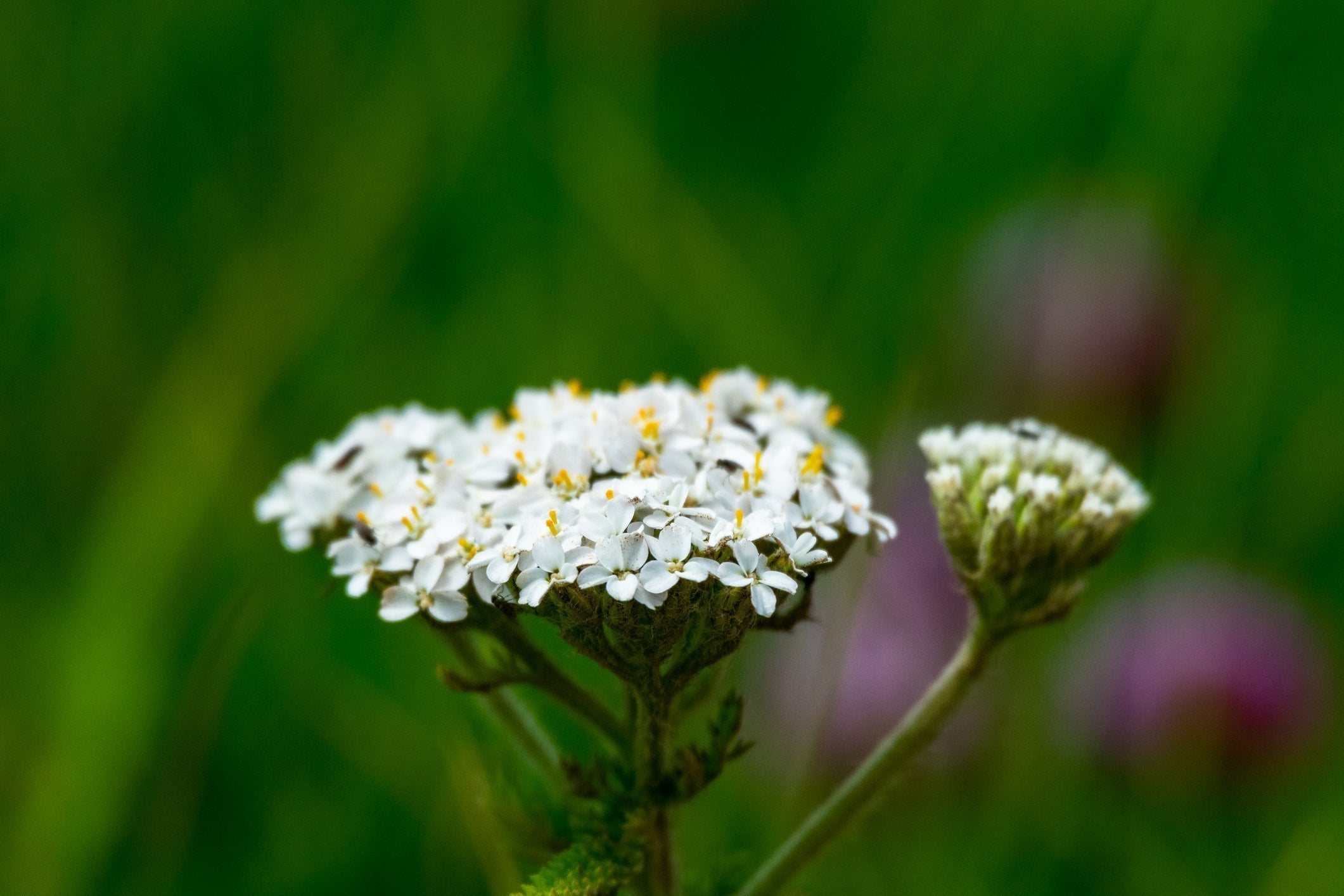With Earth Day just around the corner, it's the perfect time to reflect on our impact on the environment and explore ways to make our gardening practices more sustainable. Whether you're a seasoned gardener or just starting, adopting eco-friendly techniques can help preserve natural resources, reduce waste, and create a thriving garden that benefits both you and the planet. Here are some essential sustainable gardening practices to implement this Earth Day and beyond.
Eco-Friendly Gardening Products
Making small changes in the products you use can have a significant impact on your garden’s sustainability. Start by switching to organic fertilizers, which nourish plants without introducing harmful chemicals into the soil and waterways. Peat-free compost is another excellent choice, as traditional peat harvesting depletes vital ecosystems. Instead, opt for compost made from kitchen scraps, yard waste, or locally sourced organic matter to enrich your soil naturally. Al’s Organic Compost is a great option to improve soil health while keeping your garden eco-friendly.
Choosing high-quality, long-lasting garden containers is another crucial aspect of sustainable gardening. Invest in durable containers that will withstand the elements and last for years. Al’s Garden & Home carries a variety of premium planters designed for longevity and style. If you need guidance, our Purple People are always ready to help you find the perfect container for your space and needs.
Sustainable Gardening Habits
Water conservation is a vital component of eco-friendly gardening, especially as temperatures rise in the spring and summer. Instead of traditional sprinklers, which often lead to water loss through evaporation and runoff, consider installing a soaker hose or a drip irrigation system. These methods deliver water directly to the plant roots, minimizing waste and ensuring efficient hydration. Collecting rainwater in barrels is another great way to reduce reliance on municipal water sources and make use of nature’s bounty.

Companion planting is another effective technique that can help reduce the need for chemical fertilizers and pesticides. By strategically planting certain species together, you can create a natural ecosystem that deters pests, improves soil health, and enhances plant growth. For example, marigolds can help repel nematodes, while basil planted near tomatoes can improve their flavor and protect against pests. Additionally, incorporating pollinator-friendly flowers can attract bees and butterflies, promoting biodiversity in your garden.
Best Native Plants for Oregon Gardens
One of the most effective ways to create a sustainable garden is by incorporating native plants. Native species are naturally adapted to Oregon’s climate and soil conditions, meaning they require less water, fewer fertilizers, and minimal maintenance compared to non-native varieties. They also provide essential habitats for local wildlife, including birds, bees, and butterflies.
If you’re looking for native plants to add to your garden, consider the following:
- Vine maple (Acer circinatum) – Our beautiful native maple tree. Multi-stemmed, upright spreading and growing 12-15ft. Medium grass green leaves turn brilliant yellow, orange, and crimson red in fall.
-
Sword Fern (Polystichum munitum) – Evergreen foliage for shade or morning sun/afternoon shade. A hardy native that offers beautiful texture with glossy green foliage.
-
Oregon Oxalis (Oxalis oregana) – Green leaf, shamrock looking groundcover, with white spring flowers. Pollinated by native bees, butterflies and syrphid flies and loves shade or morning sun/afternoon shade
- Shallon (Gaulteria shallon) – A great evergreen groundcover or small shrub for part shade and woodland gardens. Bell shaped flowers in spring become dark blue berries in summer. A great food source for local wildlife.
- Lupine (Lupinus spp.) – With striking spires of purple, blue, and pink flowers, lupine enhances soil fertility by fixing nitrogen and thrives in a variety of conditions.
- Lewis’s Mock-orange (Philadelphus lewisii) – Fragrant white blooms cover the shrub in May and June. Easy to grow in any sunny location. A great pollen source for native bees and other pollinators.
- Yarrow (Achillea millefolium) – This drought-tolerant perennial attracts beneficial insects, improves soil health, and adds delicate, feathery foliage to your landscape.
- Red Flowering Currant (Ribes sanquineum) – Our showiest native spring shrub. Colorful blooms appear on the tips of branches that are pink to crimson red and bloom from winter to spring. Our native Rufus hummingbirds time their northern migration on the blooming of this native shrub.
The Impact of Sustainable Gardening
By embracing sustainable gardening practices, you’re not only enhancing the beauty and productivity of your garden but also contributing to a healthier environment. Reducing chemical use, conserving water, and selecting native plants all help create a balanced ecosystem that supports wildlife and promotes long-term sustainability.
This Earth Day, take the opportunity to implement these eco-friendly practices and encourage others in your community to do the same. Whether you start composting, plant a pollinator-friendly garden, or simply choose sustainable gardening products, every small step brings us closer to a greener future. Happy gardening!

More articles and information like this, please! Thank you. Also would like to see more plants from the Portland Plant List at your stores.
Leave a comment